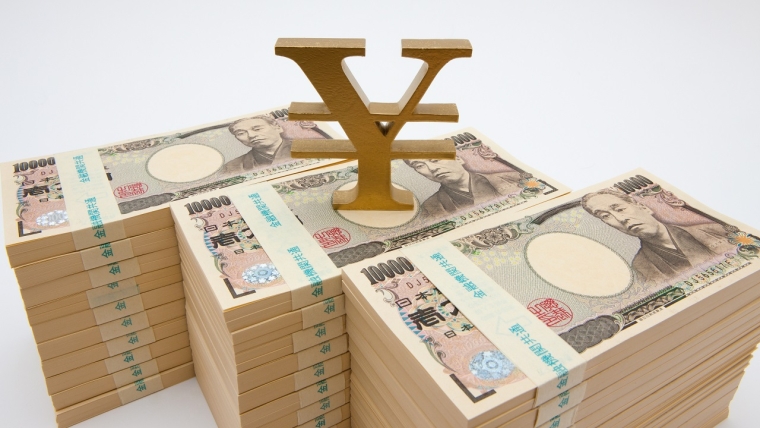
Following the long US weekend, US equities have jumped higher, and US Treasuries have rallied, in response to the de-escalation of trade tensions between the US and EU. Falls in global rates have been aided by speculation that Japan will address the turmoil in its ultra-long bonds. The USD is broadly stronger, recuperating some of last week’s loss, seeing the NZD probe just below the 0.5950 level.
The US is back from holiday and, as guided by the futures market, US equities opened the new week on a much stronger note, after President Trump backtracked on Sunday from his threat to impose a 50% tariff on the EU. Overnight, Trump gave further support to the market with a social media post that included the comment “I have just been informed that the EU has called to quickly establish meeting dates. This is a positive event, and I hope that they will, FINALLY, like my same demand to China, open up the European Nations for Trade with the United States of America”. With an hour of trading remaining, the S&P500 is up 2%.
Also supporting US equities, the Conference Board measure of US consumer confidence surged higher in May after its recent plunge, rising 12.3pts to 98.0. The gain was most evident for the expectations component, which surged 17.4pts to 72.8. The release noted that the rebound was already underway before the rollback of US-China tariffs but gained momentum afterward. Average 12-month inflation expectations eased to 6.5% after spiking at 7% in April. In other economic news, stripping through the noise and adjusting for inflation, durable goods orders data pointed to softer business investment in April.
For global bond markets, events in Japan have been as influential as the de-escalation of the trade war. Following the recent sharp rise in long-term Japanese bond yields, Japan’s finance ministry sent a questionnaire to market participants asking for their views on bond issuance and the current market situation. This unusual move sparked speculation that issuance of ultra-long bonds might be reduced and drove a sharp fall in rates, with the 40-year bond plunging 23bps to 3.31%, with spillover into shorter-dated rates. For context, Japan’s 40-year rate is still up 19bps for the month and 69bps for the year.
There was also some spillover into other markets, with the move supporting a fall in US and European rates, with trade war de-escalation adding to the move following President Trump’s social media post. The US 10-year rate is down 8bps from last week’s close to 4.43% or 5bps from yesterday’s NZ close. The curve has flattened, with a 3bps fall for the 2-year rate and 10bps fall in the 30-year rate – last week’s concerns about the direction of US fiscal policy seemingly temporarily forgotten.
After last week’s broadly-based fall in the USD, it has made some partial recovery, with dollar indices up in the order of 0.5-0.6%. The NZD continued its steady decline from Monday’s 2025 high, and it has fallen to just below 0.5950. The AUD has fallen to 0.6445 and NZD/AUD has nudged down to 0.9230.
The backdrop of higher risk appetite and lower global rates has seen JPY underperform, being the worst of the majors, with USD/JPY back up through 144 and NZD/JPY recovering to 85.8. There was some temporary yen strength yesterday after BoJ Governor Ueda’s opening remarks at a conference were interpreted as slightly hawkish, particularly his comment on achieving sustainable inflation, “We are now closer to the target than at any time during the last three decades” but he added, “though we are not quite there”. We saw the yen move as a bit of an over-reaction, as the key policy message in the speech was just a repeat of the last BoJ update, consistent with a cautious approach to tightening policy further.
EUR and GBP are also weaker, but NZD underperformance sees modestly weaker crosses. Weaker than expected French CPI data, with annual inflation down to just 0.6% y/y, got the market’s attention, being the first of the major European countries to report May inflation data. The ECB’s Nagel, who heads the Bundesbank, said the ECB’s 2% inflation target is finally within reach but it was still premature to say whether officials will lower rates again at their next meeting in less than two weeks.
The domestic rates market was quiet again, with global forces dragging down yields. The 10-year NZGB was marked down 4bps to 4.58%. Swap rates were 2-4bps lower with a slight flattening bias.
In the day ahead the domestic focus will be on the RBNZ’s Monetary Policy Statement this afternoon. With a 25bps cut in the OCR to 3.25% almost universally expected and fully priced, the main interest will lie in the policy guidance. A weaker growth outlook and a stronger NZD should reduce the medium-term inflation outlook, enabling a lowering of the projected OCR track to just below 3%. But we expect cautious language about the scope for further easing, given heightened uncertainty and the recent lift in inflation and inflation expectations.
Elsewhere, Australia’s monthly CPI indicator will be released. Tomorrow morning sees the release of the minutes of the last FOMC meeting, where the central bank left rates unchanged amidst tariff uncertainty.

We welcome your comments below. If you are not already registered, please register to comment.
Remember we welcome robust, respectful and insightful debate. We don't welcome abusive or defamatory comments and will de-register those repeatedly making such comments. Our current comment policy is here.